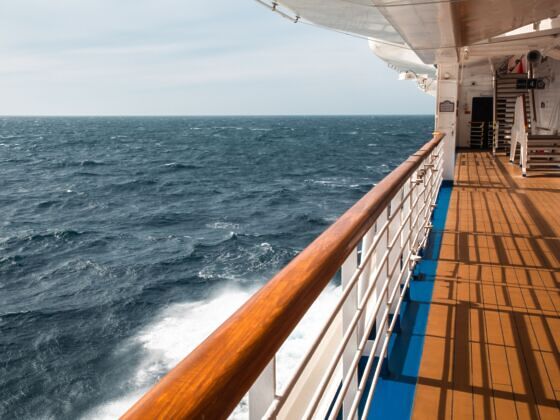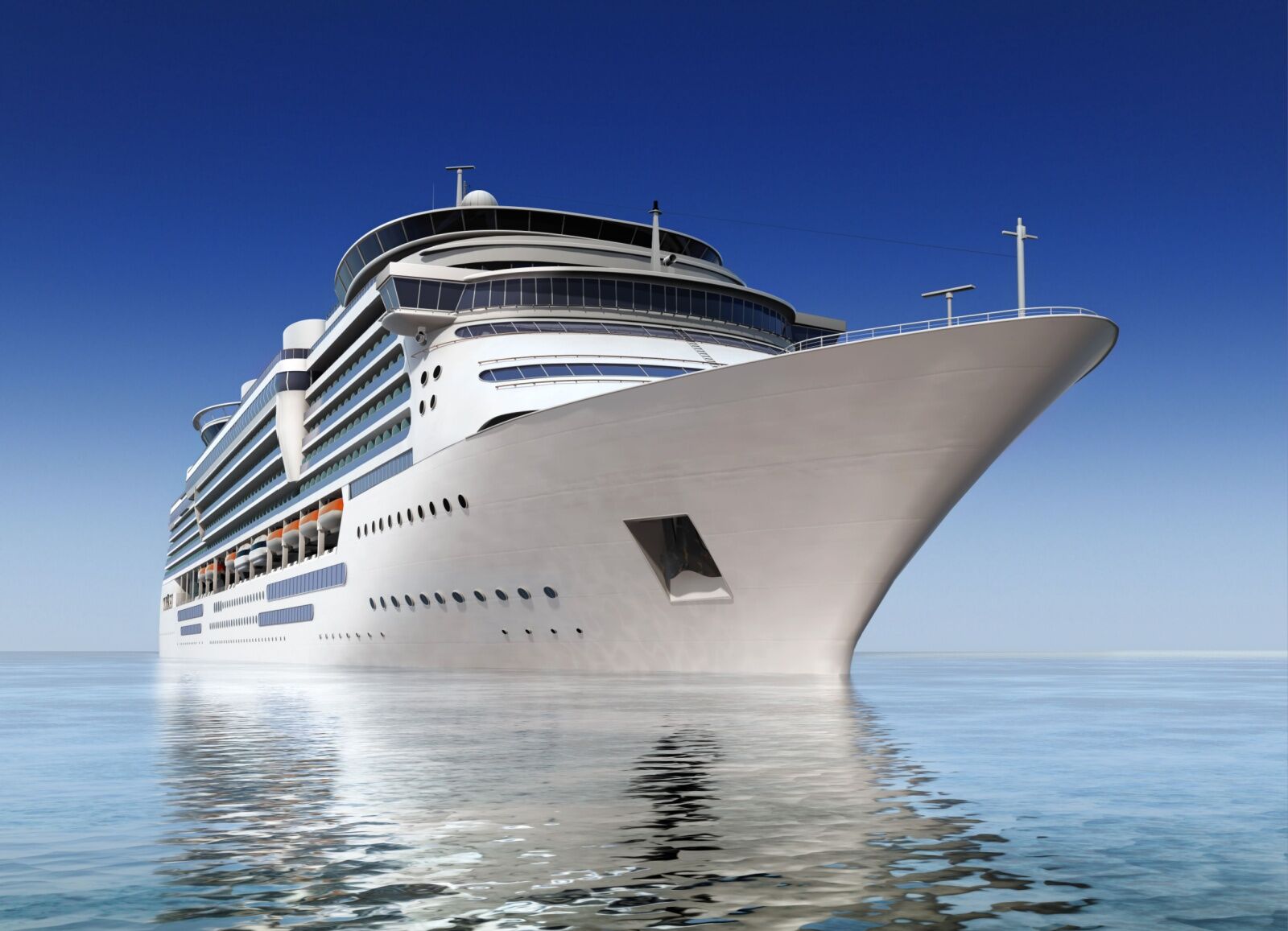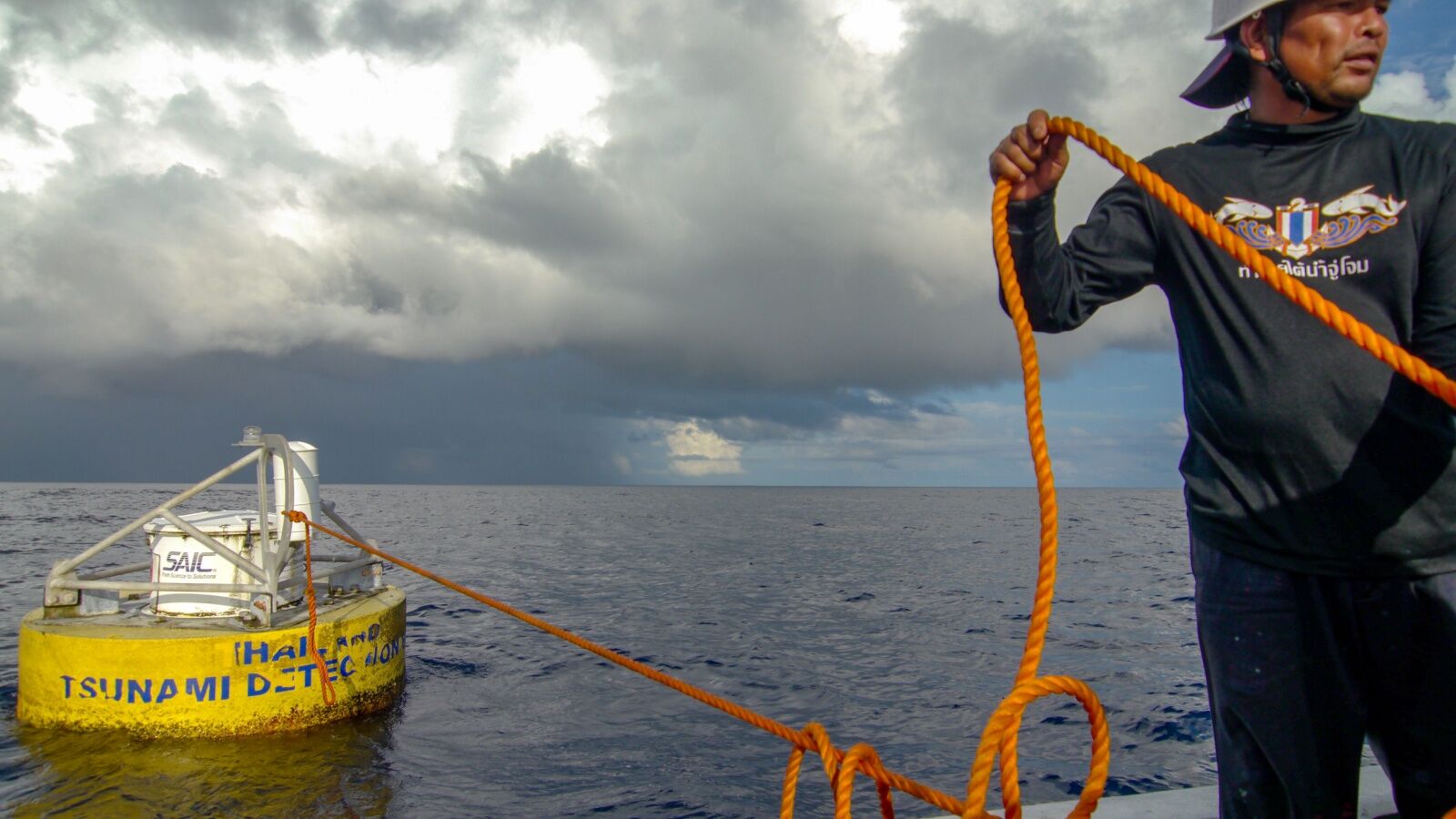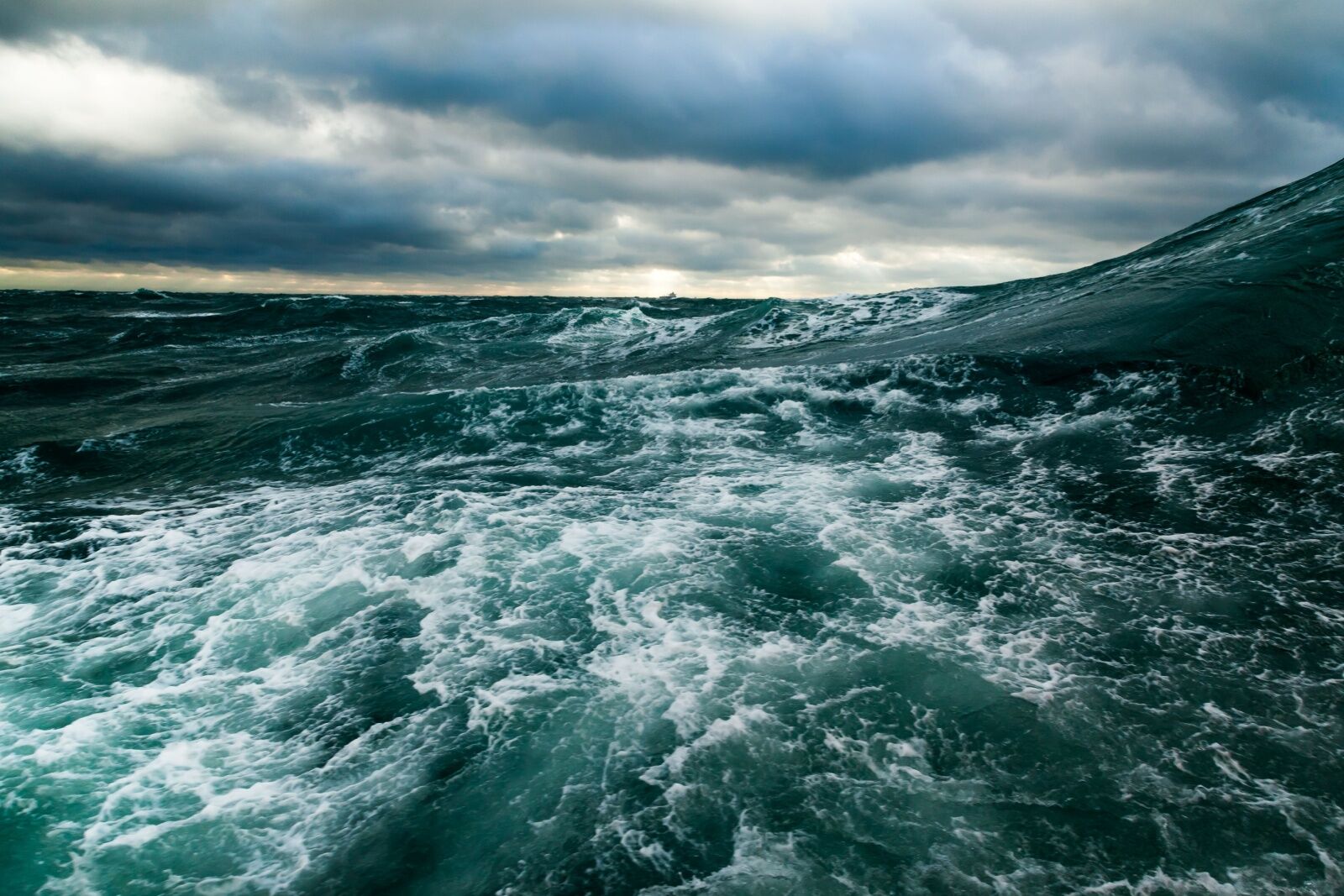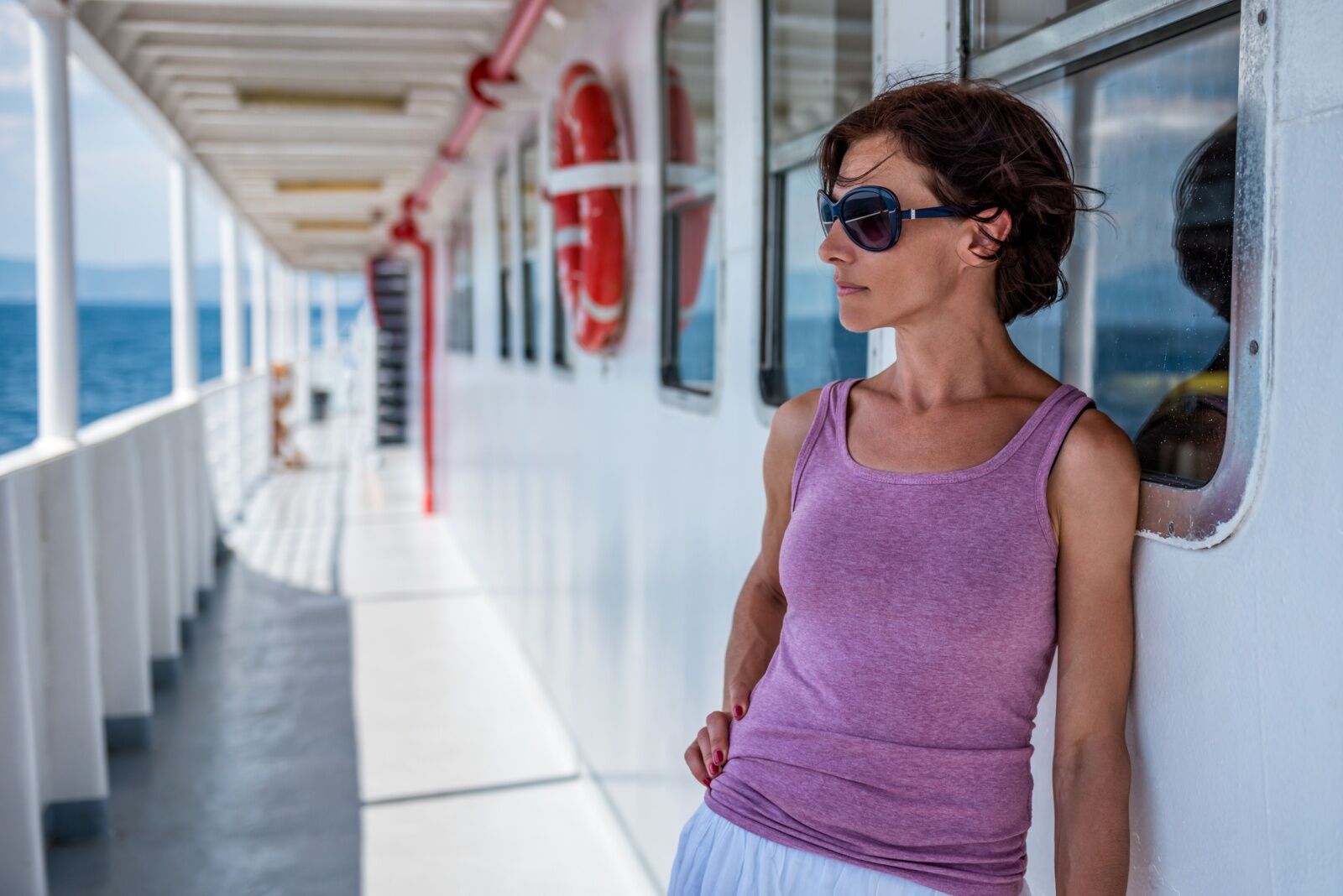One of the scariest things that can happen at sea recently occurred to passengers on a commercial cruise line: it was hit by a massive rogue wave.
On November 7, Royal Caribbean’s Explorer of the Seas encountered a severe “maritime incident” that has since garnered widespread attention. While navigating from Barcelona to Miami, the vessel was struck by a massive wave during a violent storm off the coast of Africa. This unpredictable event caused the ship to tilt dramatically, causing the ship to list to a 45-degree angle. Videos of the incident were posted on social media, showing passengers struggling to move across the ship and glass bottles and items flying off shelves, causing a bartender on board to cover his head and flee.
